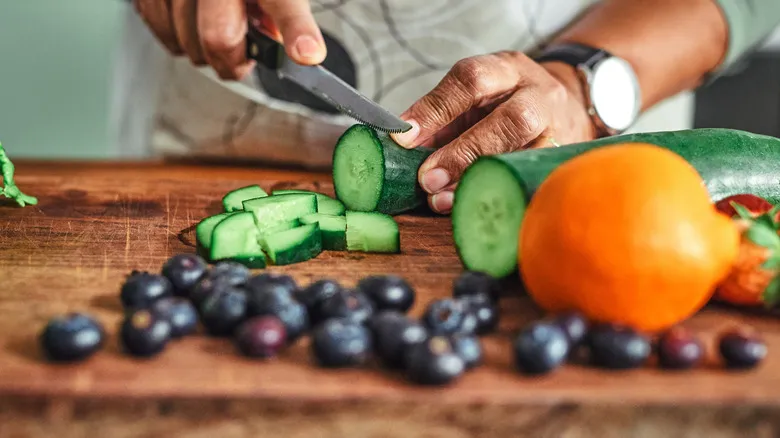Distinguishing between scientific and culinary classifications
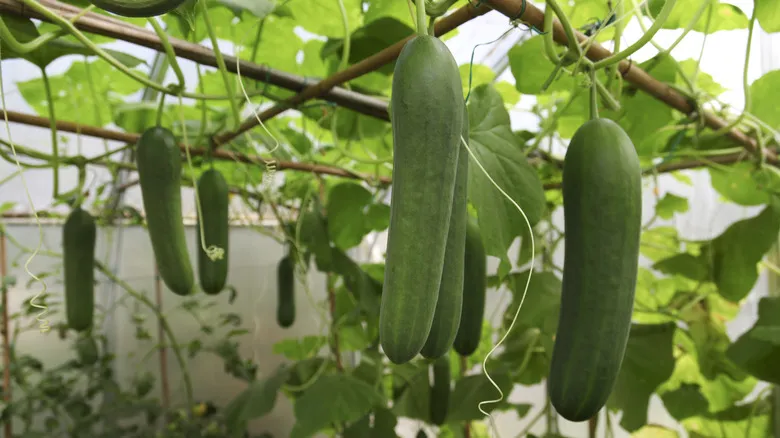
Cucumbers are not the only unexpected members of the berry family—bananas, avocados, and even lemons fit the bill as well. So, what qualifies these fruits as true berries? It all hinges on the way their seeds and fleshy components, known as the pericarp, develop from the ovary of a single flower. The pericarp consists of three layers: the exocarp (the outer skin), the mesocarp (the soft middle layer), and the endocarp (the inner layer that surrounds the seeds). In berries, these layers are generally soft, with a thin endocarp that is often edible.
Take bananas, for example; they contain tiny seeds dispersed throughout their flesh, but their creamy texture (a thin, soft endocarp) often conceals them from our taste buds. On the other hand, stone fruits like peaches and cherries feature a hard, thick endocarp, or pit, which we do not consume. This characteristic sets them apart from berries.
Fruits such as apples and pears also have a different structure. Their seeds are housed in a core rather than being embedded in the flesh. Additionally, fruits like pineapples and figs are categorized as multiple or accessory fruits because they develop from clusters of flowers, unlike berries that arise from a single ovary.
These differences underscore the remarkable diversity of fruits and reveal that many foods we might not expect are actually classified as berries in botanical terms, despite our culinary classifications. So, the next time you prepare a fruit salad, think about adding some cucumber!
Recommended
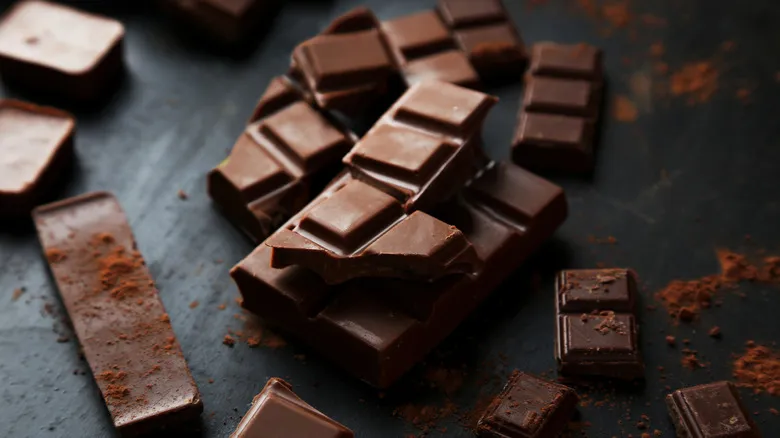
Is It Ever Okay To Eat Expired Chocolate?
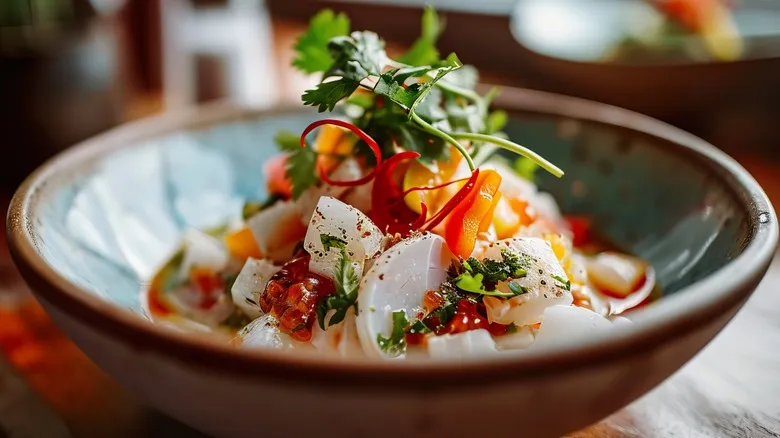
Does Citrus Juice Really Cook The Fish In Ceviche?

How Long Do Deviled Eggs Last?
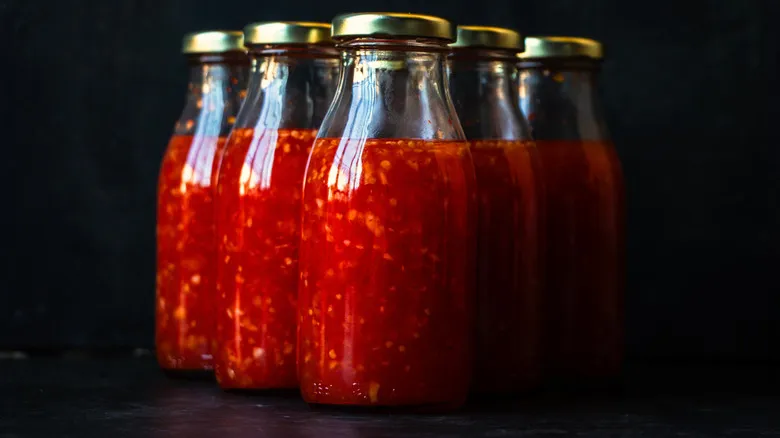
Sauce Vs Dressing: What's The Difference?
Next up

